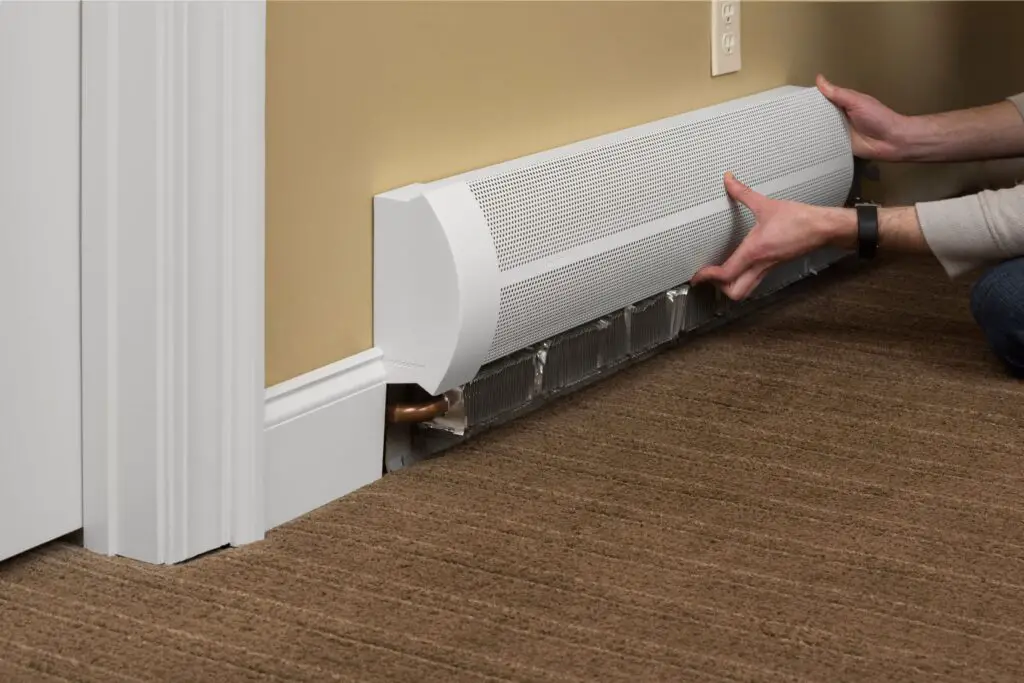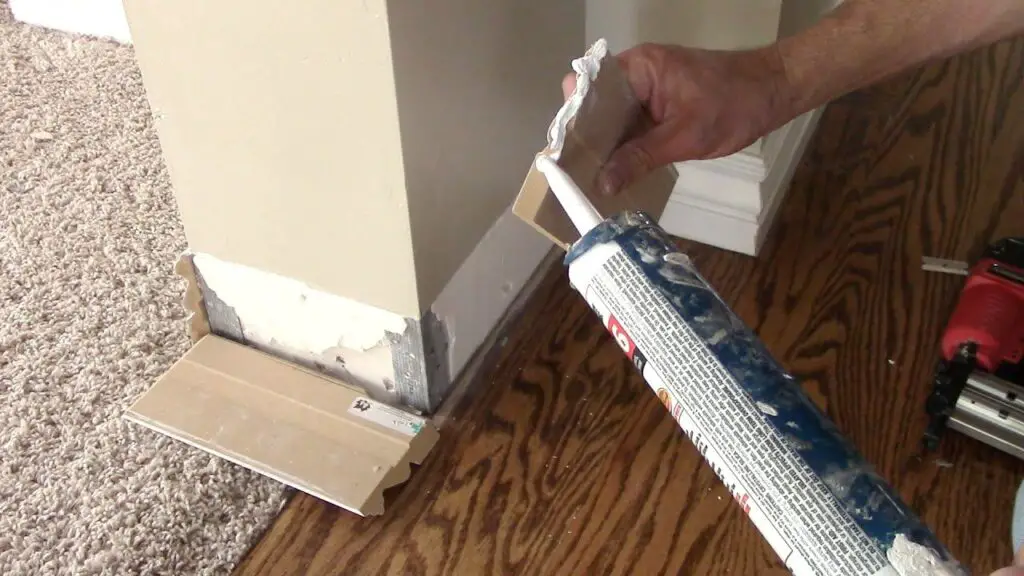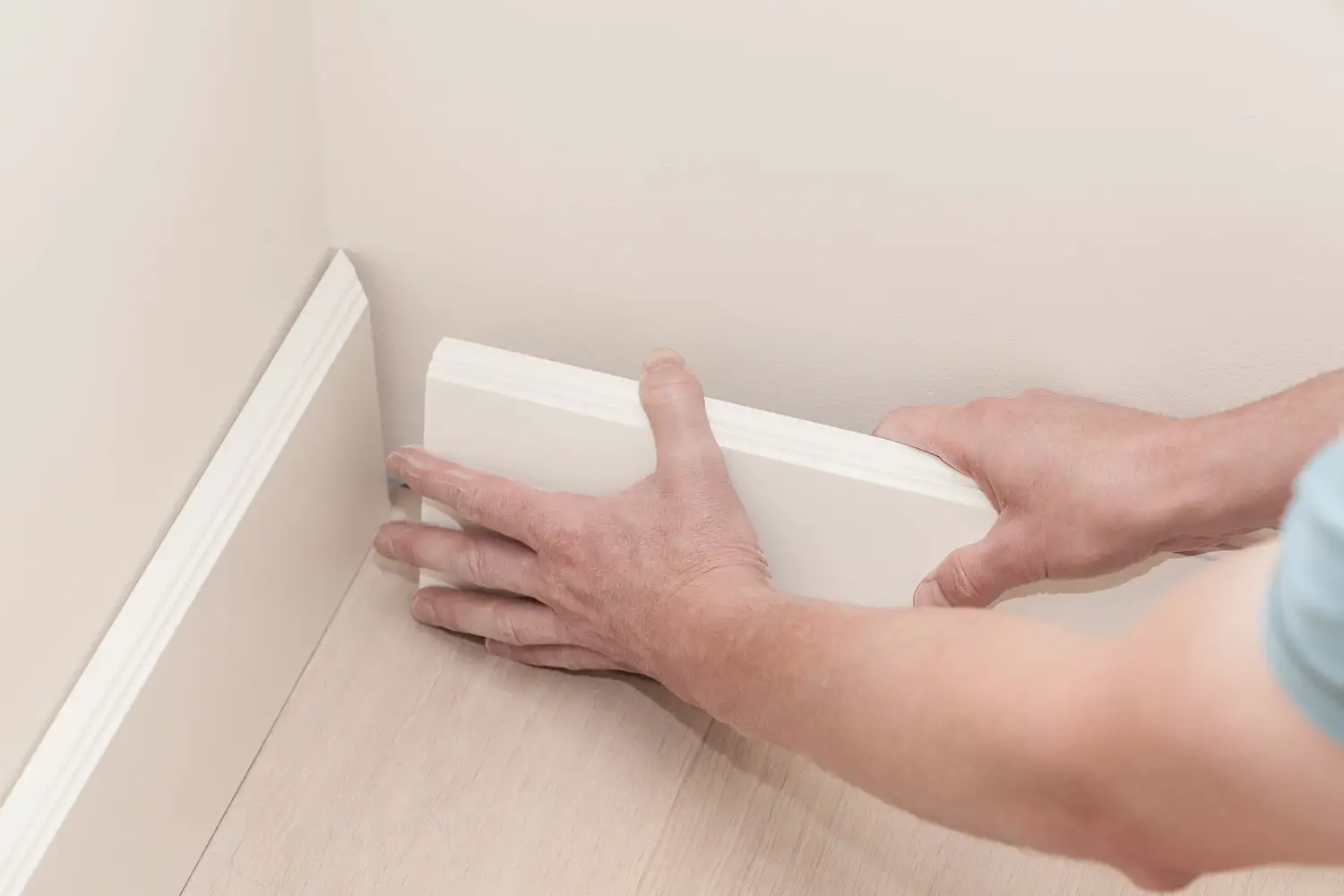Is It Worth Replacing Baseboards
Introduction
Is It Worth Replacing Baseboards: First and foremost, replacing electric baseboards can greatly enhance the aesthetic appeal of a room. Baseboards are often one of the first things people notice when they enter a space, and worn or outdated baseboards can make a room look neglected or outdated. By replacing them with new, clean baseboards, you can instantly give any room a fresh and updated look. Additionally, baseboards come in a variety of styles and finishes, allowing you to choose a design that complements your existing decor or creates a whole new look.
Another benefit of replacing baseboards is the opportunity to address any underlying issues. Over time, baseboards can become damaged or warped, especially in areas prone to moisture or high traffic. By replacing them, you can ensure that any underlying damage is repaired and prevent further issues from occurring. Additionally, replacing baseboards provides an opportunity to update or add insulation, which can help improve energy efficiency and reduce noise transfer between rooms.
Finally, replacing baseboards can also increase the value of your home. Potential buyers often pay attention to the details, and having clean, well-maintained baseboards can make a positive impression. Even if you’re not planning to sell your home in the near future, investing in quality baseboards can be a wise decision as it can enhance the overall appeal and value of your property.

When should you replace your baseboards?
Replacement is your best option if they’re water-damaged, stained or warped. Baseboards are an essential part of any home’s interior design. They not only provide a finished look to a room but also protect the walls from damage. However, over time, baseboards can become worn out, damaged, or simply outdated. This raises the question of when it is necessary to replace them.
One of the main reasons to replace baseboards is when they are damaged. This can occur due to various factors such as water damage, cracks, or chips. If the baseboards are severely damaged, it is best to replace them rather than trying to repair them. Damaged baseboards not only look unsightly but can also compromise the structural integrity of the walls.
As interior design trends change over time, baseboards that were once considered stylish may now look outdated. Replacing them with more modern and visually appealing baseboards can instantly update the look of a room. This ensures a cohesive and seamless look throughout the space. Updated and well-maintained baseboards can give a positive impression and make a room look more polished and well-cared for.
There are several situations in which it is advisable to replace baseboards. By replacing baseboards when necessary, you can maintain the aesthetic value of your home and ensure its structural integrity.
Is it expensive to replace baseboards?
Replacing baseboards can be a necessary task when renovating or updating a home. However, many homeowners may be concerned about the cost associated with this project. The cost of baseboards themselves can range from affordable to expensive, depending on the material chosen. Baseboards are available in a variety of materials, including wood, MDF (medium-density fiberboard), and PVC (polyvinyl chloride). Wood baseboards tend to be the most expensive option, as they offer a high-quality and durable finish. MDF baseboards are a more affordable alternative, offering a similar appearance to wood at a lower cost. PVC baseboards are typically the least expensive option, as they are lightweight and easy to install.
Another factor that can impact the cost of replacing baseboards is the size of the space. Larger rooms or homes will require more linear feet of baseboard, which can increase the overall cost of the project. Professional installation can also significantly impact the cost of replacing baseboards. The cost of professional installation will vary depending on the contractor and the complexity of the project. It is important to factor in this additional expense when budgeting for baseboard replacement.
It is important for homeowners to consider these factors and budget accordingly when planning a baseboard replacement project.
Do new baseboards add value to a home?
When it comes to home improvement projects, homeowners often wonder which ones will add the most value to their property. One such project that is often considered is adding new baseboards. Firstly, new baseboards can greatly enhance the aesthetic appeal of a home. Old, worn-out baseboards can make a space look dated and neglected. By replacing them with fresh, clean baseboards, homeowners can instantly update the look of their home.
New baseboards can also improve the functionality of a home. Over time, baseboards can become chipped, scratched, or dented, compromising their ability to provide this protection.
Is it cheaper to paint or replace baseboards?
It will be more costly to replace the baseboard rather than re-paint it, but you really get to personalize your home. The decision really comes down to how long you’ll be staying in your home. Painting baseboards is a popular choice for those looking to update the look of their home without breaking the bank.
If the baseboards are in good condition and simply need a fresh look, painting may be the more cost-effective option. Homeowner. Both options have their advantages and disadvantages in terms of cost, time, and overall impact on the room. By carefully considering these factors, homeowners can make an informed decision that best suits their needs and budget.
Should I replace baseboards or paint first?
Do you paint walls or trim first? From a professional point of view, with interior painting, it makes the most sense to paint your trim first, then ceilings, and then your walls. It’s much easier and faster to tape off trim than to tape off your walls. And you definitely don’t want the hassle of taping them both.
When it comes to home improvement projects, deciding whether to replace baseboards or paint them first can be a common dilemma. Both options have their advantages and it ultimately depends on the condition of your baseboards and your desired outcome.
One important factor to consider is the condition of your baseboards. If your baseboards are old, damaged, or in poor condition, it may be best to replace them before painting. Cracked or chipped baseboards can be unsightly and may not hold paint well. In this case, replacing the baseboards will not only improve the appearance of your home but also provide a better surface for painting.
On the other hand, if your baseboards are in good condition
Painting them first can be a cost-effective and time-saving option. Painting your baseboards can give them a fresh, updated look without the need for a full replacement. This is especially true if you are planning to change the color of your baseboards or if they are made of a material that is difficult to replace, such as intricate woodwork.
Another factor to consider is the overall scope of your project. If you are planning to repaint the entire room or multiple rooms, it may be more efficient to paint the baseboards first. This way, you can easily touch up any paint drips or smudges on the walls without worrying about damaging the newly installed baseboards. Additionally, painting the baseboards first allows you to complete the project in stages, making it more manageable and less overwhelming.
Ultimately, the decision to replace baseboards or paint them first depends on your specific circumstances and preferences. The current condition and appearance of the baseboards are crucial factors to consider when deciding whether to replace them. Baseboards that are worn out, damaged, or have peeling paint can significantly detract from the overall aesthetics of a space. Additionally, baseboards that are outdated or do not match the style of the room can make the space feel outdated or mismatched.
Inspecting the baseboards closely will help determine their condition. Look for any signs of damage such as cracks, chips, or warping. Pay attention to the paint or finish on the baseboards and check for any discoloration or peeling.
Are there any functional issues with the existing baseboards?
The existing baseboards are in good condition and have no functional issues. They are securely attached to the walls and provide a clean and finished look to the space. The baseboards are straight and level, with no visible signs of damage or wear. They effectively cover the gaps between the walls and the flooring, preventing dust and debris from accumulating in those areas.
Additionally, the baseboards serve their purpose of protecting the walls from accidental kicks, vacuum cleaner bumps, and other potential sources of damage. They create a barrier between the walls and the floor, preventing moisture from seeping into the walls and causing structural issues. Overall, the existing baseboards are functioning as intended and do not require any immediate attention or replacement.
How much would it cost to replace the baseboards?
When it comes to replacing baseboards, the cost can vary depending on several factors. The first factor to consider is the material of the baseboards. Different materials, such as wood, MDF, or PVC, have different price points. Wood baseboards tend to be more expensive, while MDF and PVC baseboards are more budget-friendly options.
Another factor that can affect the cost is the length and height of the baseboards. The longer and taller the baseboards, the more material will be needed, which can increase the overall cost. Additionally, if there are any intricate designs or patterns on the baseboards, it may require more labor and expertise, which can also add to the cost.
It is important to consider the cost of labor as well. Hiring a professional to install the baseboards can ensure a high-quality and seamless finish, but it will come at an additional cost. On the other hand, if you have the necessary skills and tools, you may be able to save money by installing the baseboards yourself.
How much time and effort would be required to replace the baseboards?
Firstly, the existing baseboards need to be carefully removed without causing any damage to the walls or flooring. This can be a delicate process, especially if the baseboards have been painted over or are tightly secured. Once the old baseboards are removed, any necessary repairs or preparations to the walls or flooring may need to be done before the new baseboards can be installed.
The installation of the new baseboards involves measuring and cutting the boards to the appropriate lengths, ensuring they fit snugly against the walls and corners. This requires precision and attention to detail to achieve a professional-looking finish. The baseboards then need to be securely attached to the walls, either through nailing or adhesive, and any gaps or seams should be properly filled and caulked for a seamless appearance.
Would replacing the baseboards significantly improve the overall aesthetics of the space?
Replacing the baseboards can indeed have a significant impact on the overall aesthetics of a space. Baseboards play a crucial role in tying together the different elements of a room, creating a cohesive and polished look. If the current baseboards are worn, damaged, or outdated, replacing them can instantly refresh the space and give it a more modern and finished appearance.
By choosing new baseboards that complement the style and color scheme of the room, you can enhance the visual appeal and create a more harmonious atmosphere. Whether you opt for sleek and minimalistic baseboards or more ornate and decorative ones, the right choice can elevate the overall design and make the space feel more put-together.

Conclusion
Additionally, new baseboards can also enhance the functionality of a room. They can help cover gaps and imperfections along the floor and wall junction, providing a seamless transition between the two surfaces. This not only improves the overall visual appeal but also prevents dust, dirt, and pests from entering the gaps, making it easier to clean and maintain the space.
Replacing baseboards can also contribute to the long-term maintenance of a home. Old baseboards are more prone to damage, such as warping, cracking, or peeling, which can detract from the overall appearance of a room. By installing new baseboards, homeowners can ensure that their space remains in good condition for years to come, reducing the need for frequent repairs and replacements.
While the decision to replace baseboards ultimately depends on individual preferences and budget constraints, it is clear that the benefits outweigh the costs. The improved aesthetics, enhanced functionality, and long-term maintenance advantages make it a worthwhile investment for homeowners looking to upgrade their space. Whether it is to create a more modern and cohesive look or to address existing issues, replacing baseboards can significantly enhance the overall appeal and value of a home.








